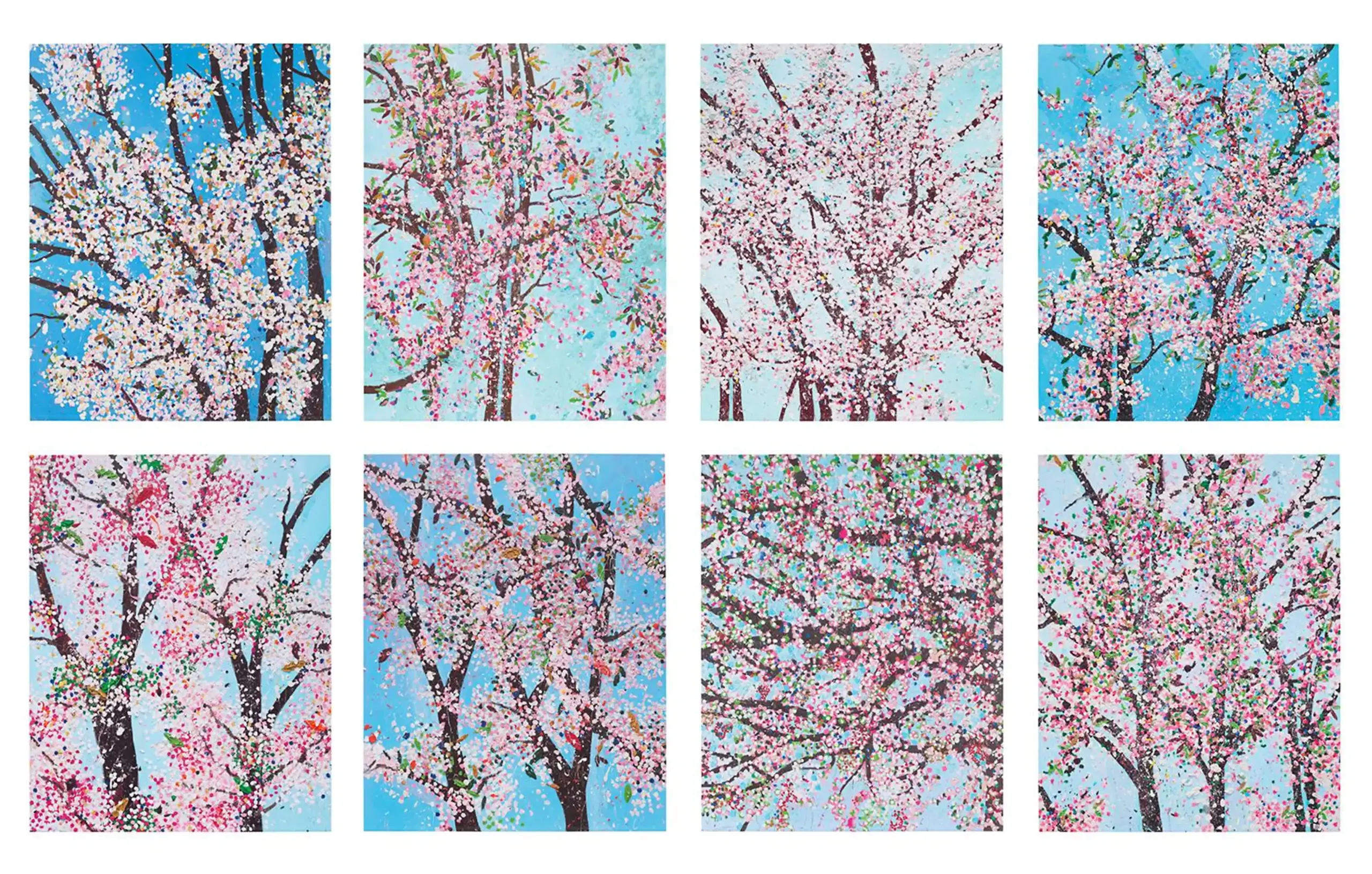Art is a wonderful investment in many ways – but investment art can sometimes feel like a big step, that requires a big budget and high stakes as you choose a single original and unique artwork as your investment. But what about investing in limited edition artworks? This is an often-under-appreciated option, and one that offers many opportunities for art collectors.
While it’s true that original artworks tend to hold more value, there has been a growing movement in the appreciation of – and investment in – limited edition artworks. With improved technology allowing artists to create high quality editions, and a growing demand for accessibly priced artworks by popular artists, limited edition artwork is now considered an excellent investment for your artwork collection.
What is a Limited Edition Artwork?
A limited edition artwork is one of a number of identical or near-identical artworks, produced by – or on behalf of – the artist. The term limited edition refers to the fact that there will only ever be a set number of works produced, allowing the artworks to retain and potentially increase in value over time.
Prints are the most common form of limited edition artworks, often used to recreate an original work such as a painting. The type of print will often relate to the edition type and size – a giclée print, for example, is often used for larger print editions. Screen prints are also popular for this. Other print techniques include lithographs, etchings, and woodcuts.
There are other limited edition artwork types, however. Photography is often produced as limited edition artworks, through a variety of methods, although digital printing is the most common. Cast sculptures can also be produced as limited editions, made from materials such as bronze or resin.
Factors Affecting Value
· Authentication is key to ensuring the value of an artwork. Limited editions should be signed, and there should be appropriate provenance to prove it is an authentic work from the credited artist.
· Edition size can be the biggest factor in the overall value of an authentic limited-edition artwork. The smaller the edition size, the rarer the individual artwork.
· Artist popularity will affect the price of a limited edition artwork just as it does an original. Prints by well-known artists like Banksy, Damien Hirst, and Stik can fetch high prices on both the primary and secondary markets.
· Demand for the artist’s work should also be considered, however, as some artists can fall into the trap of over-producing their limited edition works, lowering the overall value.
· Limited edition sets have seen some incredible results in terms of resale value, if they are sold as a complete set – such as the complete set of ‘H9: The Virtues’ by Damien
Hirst which sold for £151,200 in 2022. Many collectors build a set of works over time to maximise their investment potential.
How to Buy Limited Edition Artwork
Most art sale options such as galleries, online art sales platforms and auction houses will offer limited editions as well as original works. Many galleries specialise in limited editions, particularly those catering to a younger audience, as younger art buyers lean towards limited editions over originals. You can also find hidden gems at art fairs, often from up-and-coming artists.
If seeking for a particular limited-edition artwork for your collection, you can often find the best price on the secondary market. An art market professional, art dealer, or online sales platform can help you search for the piece you need, and it can also be a good way to gauge the resale value of the artist’s work.
How to Sell Limited Edition Artwork
The more accessible price points for limited editions can also make them easier to sell on, particularly if there is already an active collector presence for the artist’s work on the secondary market.
Auction houses used to be the only real option to sell investment artworks, but the unpredictability of a live sale as well as the hefty hidden fees post-sale mean that the profit can be well under what you expect. Some galleries may offer a buy-back scheme – always make sure to check this when making the original purchase, as this is not a universal practice.
Online art sales platforms such as EzelDotz have grown hugely in the last few years, as they allow buyers to browse more widely and sellers to set their prices in advance. If you would like to sell your limited edition art online, get in touch with our team of art market professionals who can offer advice on the value of your artworks and how to sell them to make way for your next investment.





